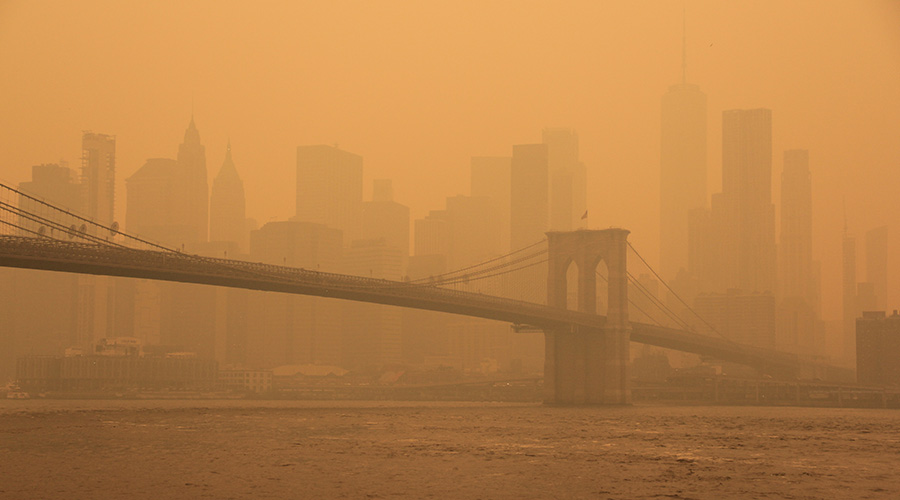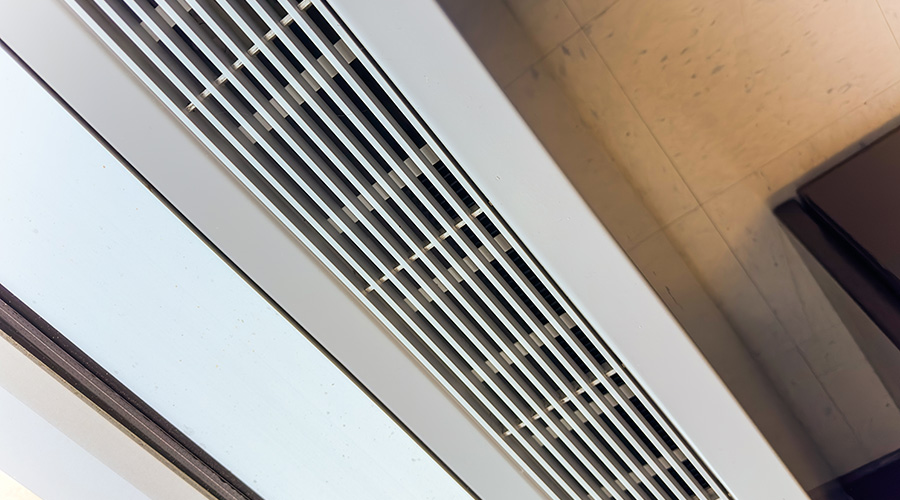How To Differentiate Between Air Filter Types
Dry extended surface, or pleated, panel filters use random fiber mats of varying thickness, sizes and densities. They are generally 2-12 inches thick, with minimum efficiency reporting value (MERV) of 8 to 20.
The higher the MERV, the higher the pressure drop or resistance to air flow will be and the more expensive the filter. Higher-efficiency filters have larger surface areas, which extends the filter’s loading life. The longer a filter stays below its recommended maximum pressure drop, the less energy it will use.
One good method to extend filter life is to use a lower-efficiency, less costly filter ahead of the high-efficiency filter. Snagging larger particles first allows the high-efficiency filter to do what it does best — trap finer particles to keep spaces clean and improve IAQ for occupants.
Activated carbon filters are effective for controlling odors. They require monitoring for effectiveness, as well as regeneration and replacement over time.
A pre-filter for lint control ahead of the carbon filter is required, as carbon filters are not meant to be particulate filters. The use of the coarse pre-filter ahead of the final filter generally is justified economically, but managers should verify it.
Related Topics:













